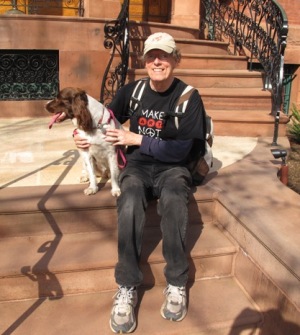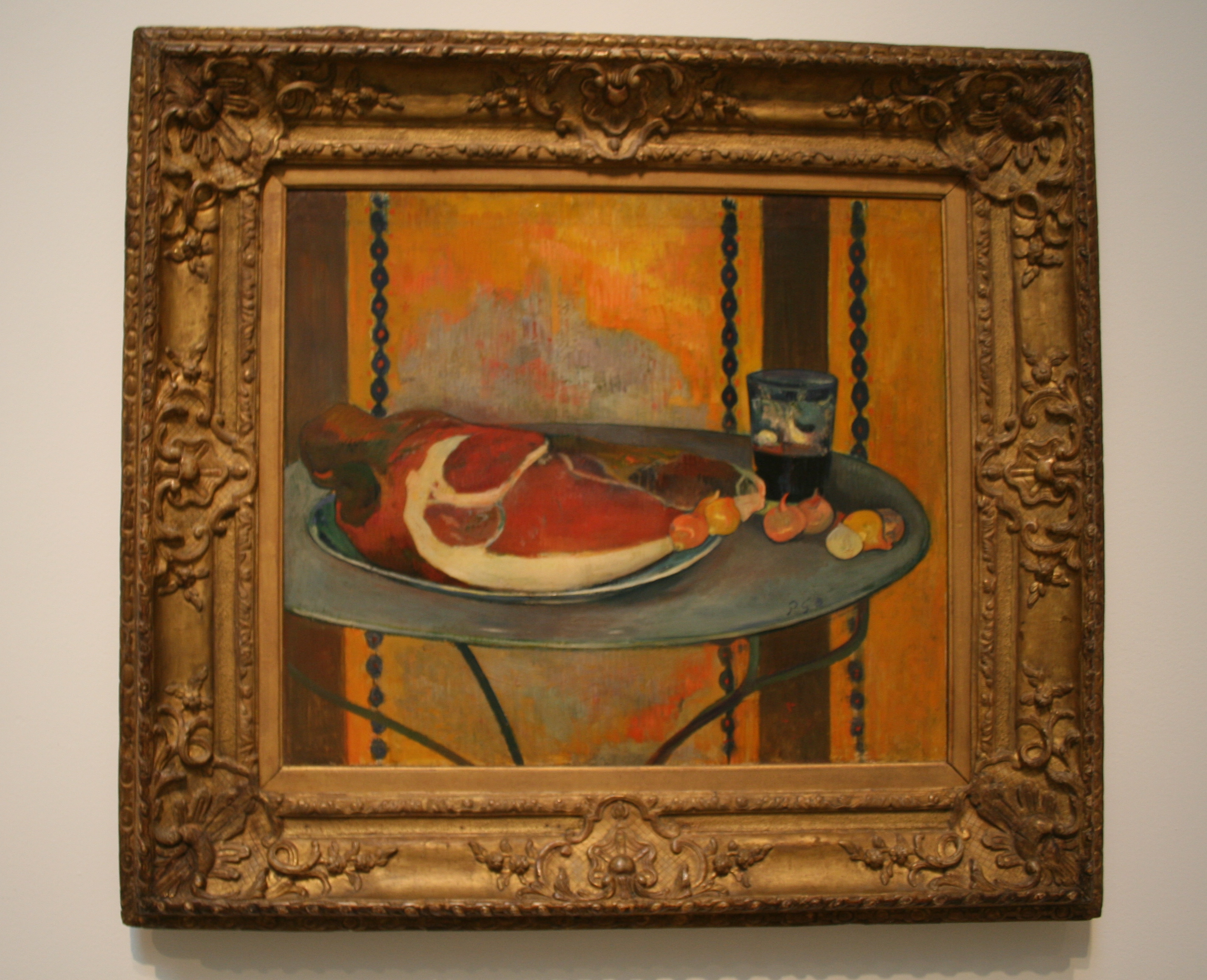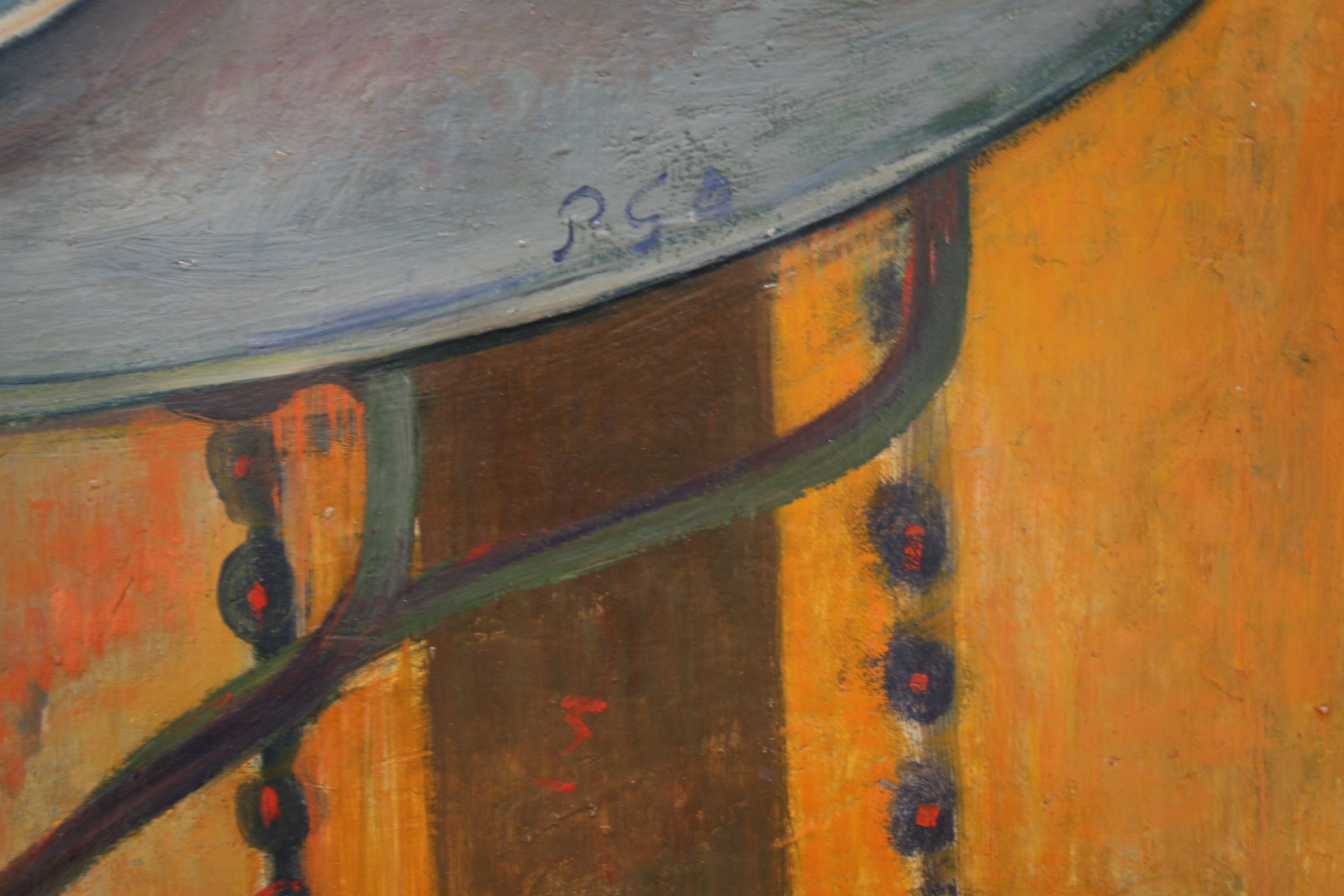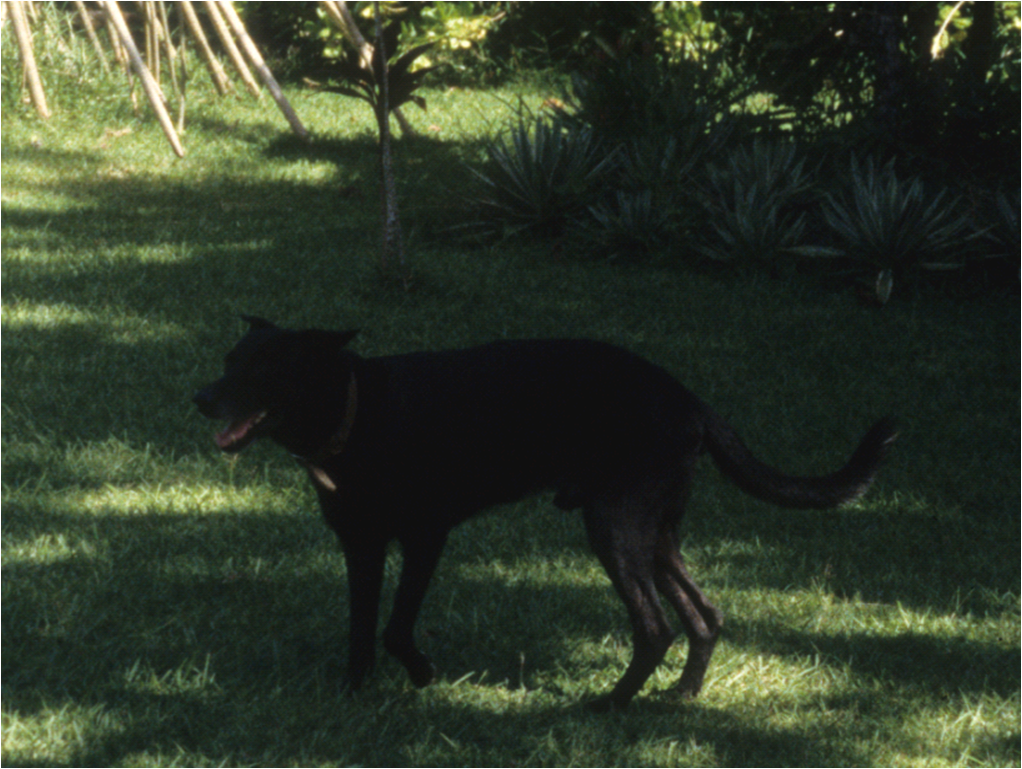In this special edition of The Artist Sees Differently, contributor Paul Ruther turns the tables on the column’s creator Rolf Rykken, who is himself an artist on staff.
Rolf Rykken, Museum Assistant
Where did you get the idea to interview Phillips Collection employees about their artistic practice and ideas?
It was Sarah’s [Osborne Bender] idea. I liked it and thought it was both fun and funny. It was my idea to ask everyone what their favorite Marjorie Phillips painting is. Not everyone knows who she is.
Do you feel you are inspired by the Phillips art?
Yes. When I was in the MFA program at University of Maryland, one of the professors said I was “Too much under the influence of The Phillips Collection,” as if that was a bad thing. Also being here influenced me to take art classes, and I eventually got into the Corcoran College of Art and Design, graduating with a BFA in 1997.
I remember when I first came here in junior high school, I was amazed and impressed by the place. It was just the house then. But it’s the first museum I remember visiting.
What do you listen to as you create?
Mixes from my iPod touch, mostly alt-rock from the ’90s. I like female rock bands. Lately I’ve been listening to a band named Screaming Females, which is funny because it’s only one woman, Marissa Paternoster, but she makes enough noise for a whole band. I saw her and the band at the Black Cat recently.
Who’s your favorite artist in the collection?
Oh it’s Bonnard, and my favorite work of his is Open Window. I also like The Palm because someone once made me a present of the painting with my dog Shelby transposed over the lady in the painting. Bonnard’s model for this work was his wife Marthe.
Do you collect other artwork – or anything?
I have works by Jake Muirhead, who used to work here, now teaches at Montgomery College. I want a Suzanne Koch and I own some works by Ianthe Gergel.
And do you have a favorite Marjorie Phillips painting?
Nuns on the Roof. I also did a version called Dogs on the Roof once.





